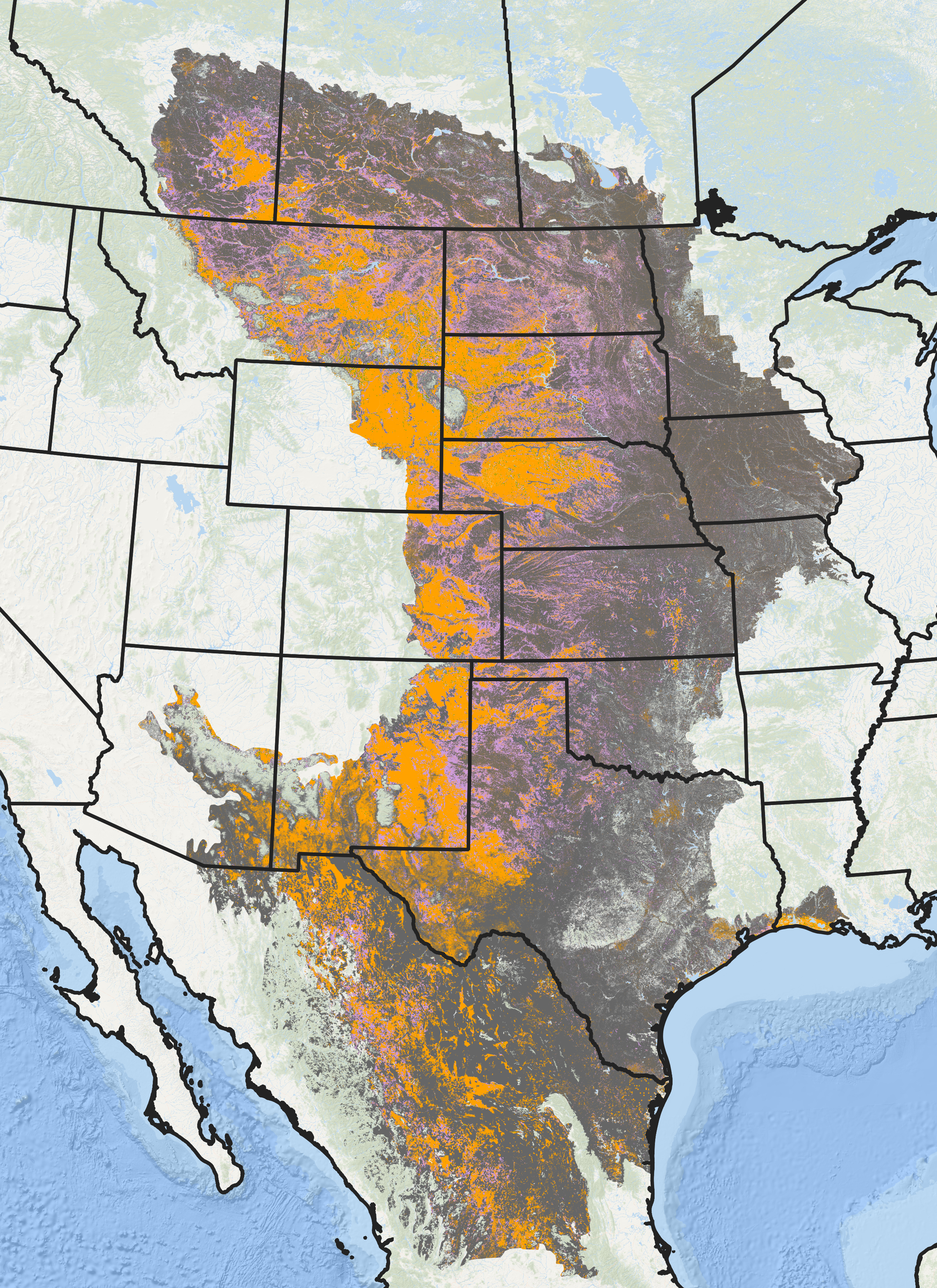Our Approach: The Great Plains Science Program
The Smithsonian’s Great Plains Science Program (GPSP) was founded in 2018 to understand and address the complex challenges facing the planet’s threatened grassland ecosystems.
Through sound science, continued education opportunities, and in partnership with current and expanded rightsholders and stakeholders, we will continue our efforts to understand how the Great Plains ecosystem is responding to both anthropogenic change, climate change, and grassland restoration and rewilding efforts presently and into the future.
Our Vision
Our vision is a world where thriving grassland ecosystems offer vital ecosystem services, preserved through rewilding and adaptive management strategies. Guided by research, we aim to conserve and enhance both biodiversity and human well-being, ensuring a sustainable future.
Our Goals
The goals of the Great Plains Science Program are to:
- Safeguard and enhance the world’s diverse grassland ecosystems through innovative research, conservation initiatives, and collaborations.
- More deeply understand and address the complex challenges facing these vital landscapes, including climate change impacts, biodiversity loss, and habitat degradation.
- Strive to bridge the gap between research and action, empowering communities, and policymakers to make informed decisions for the sustainable management of grasslands.
- Foster a global network of dedicated conservationists and researchers that aims to ensure the long-term health and resilience of grassland ecosystems for generations to come.

A map of the conservation status of North American grasslands. The yellow color represents core grasslands, pink represents vulnerable grassland areas, and the gray represents grasslands that have been converted.
Figure adapted from Central Grasslands Roadmap
What We Value
Conservation — We are committed to providing the data and analysis needed to make informed decisions about temperate grassland biodiversity conservation.
Education — We are committed to disseminating new knowledge through publications, teaching, and providing data to public databases.
Science — We are committed to scientific excellence and integrity.
Inclusion — We are committed to establishing pathways for individuals from underrepresented groups who seek to engage and participate with the Great Plains Science Program, to foster the next generation of conservationists.